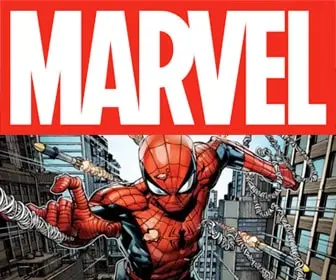
The Spider-Man Era of Gil Kane
Gil Kane’s tenure on The Amazing Spider-Man during the early 1970s stands as a pivotal chapter in the web-slinger’s history. His dynamic artistry and storytelling prowess significantly influenced the series, leaving an indelible mark on the character and the comic book industry at large.
Gil Kane’s Entry into Spider-Man
Born Eli Katz in 1926, Gil Kane began his comics career in the 1940s. By the 1970s, he had already made significant contributions to the industry, notably co-creating the modern versions of Green Lantern and the Atom for DC Comics. His transition to Marvel Comics brought him to The Amazing Spider-Man, where his unique style breathed new life into the series.
Kane’s first major contribution to Spider-Man came with issue #96 in 1971. This issue marked the beginning of a groundbreaking three-part storyline addressing drug abuse, a topic previously avoided in mainstream comics. The U.S. Department of Health, Education, and Welfare requested Marvel to depict the dangers of drug use, leading to a story that ran without the Comics Code Authority’s approval—a significant move at the time.
Notable Storylines and Artistic Contributions
The Death of Gwen Stacy (Issues #121–122)
One of the most significant events during Kane’s run was the death of Gwen Stacy in issues #121 and #122. This storyline shocked readers and marked a turning point in comic book storytelling, introducing a level of tragedy and realism previously unseen in superhero comics. Kane’s illustrations captured the emotional weight of the narrative, solidifying the story’s impact .
Introduction of Morbius the Living Vampire (Issues #100–102)
Kane also played a crucial role in introducing new characters to the Spider-Man universe. In issues #100 to #102, he helped bring Morbius the Living Vampire to life. This character added a horror element to the series, showcasing Kane’s versatility in blending different genres within superhero comics.
Artistic Style and Influence
Gil Kane’s art style was characterized by dynamic action sequences, expressive character designs, and innovative panel layouts. His ability to convey motion and emotion added depth to the storytelling, enhancing the reader’s engagement with the narrative.
Kane’s work on Spider-Man influenced many artists who followed. His approach to visual storytelling set new standards in the industry, inspiring a generation of comic book creators to explore more sophisticated and emotionally resonant narratives.
Legacy and Impact
Gil Kane’s contributions to The Amazing Spider-Man during the early 1970s were instrumental in evolving the series into a more mature and complex narrative. His willingness to tackle challenging subjects and push the boundaries of the medium helped redefine what superhero comics could achieve.
Today, Kane’s work is celebrated for its artistic excellence and narrative innovation. His influence persists in the storytelling techniques and artistic styles prevalent in modern comics, underscoring his lasting impact on the industry.
Denouement
Gil Kane’s tenure on The Amazing Spider-Man represents a transformative period in comic book history. Through his dynamic art and bold storytelling choices, he elevated the series to new heights, leaving a legacy that continues to inspire and influence the world of comics today.















